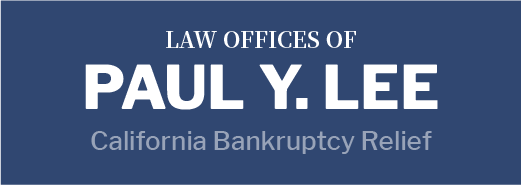Discharge bad debt with bankruptcy, but don’t be afraid to hold good debt.
Unfortunately, many Americans are unprepared for retirement? Are you among them?
According to a recent survey from the Employee Benefit Research Institute, almost one third of workers have less than $1,000 in savings, and more than half have less than $25,000.
Even more worrisome, many individuals are holding high amounts of debt as they approach retirement. In fact, the highest level of debt was found in families where the head of the household was between 55 and 64 years old—in other words, fast approaching retirement. The families in this demographic had an average of $107,060 in 2010.
This debt may come from a variety of sources, including:
- Credit card debts
- Medical bills
- Back taxes
- Small business debts
- Mortgages
- Car loans
- Payday loans
If you have these kinds of debts and are worried about getting your finances in order for retirement, you’re not alone. According to a survey from the Insured Retirement Institute, only 27 percent of baby boomers feel confident that they have what they need for retirement.
The good news is that you do have options, and bankruptcy may indeed be one of them.
Now before you rush to sign those bankruptcy papers, it’s important to understand that there is good debt and bad debt for individuals approaching retirement.
- Good debt is sometimes also called working debt. This is basically investments that are putting your money to work for you, building a larger investment. Your mortgage is a perfect example—so long as it has a reasonable interest rate and you are not upside down on the property. Having a mortgage can also offer tax benefits as some of the payments will be deductible.
- Bad debt is any debt with an oppressively high interest rate. A credit card is a perfect example. Bad debt is typically also unsecure debt, meaning that there is no collateral securing the debt.
Ideally, what you want to do for your retirement strategy is focus on eliminating that bad debt first. That’s where personal bankruptcy can be very helpful. Depending on your income and assets, you may be able to choose from a Chapter 7 bankruptcy, which allows for complete discharge of unsecured debts like credit cards and payday loans but does have an income cap, or a Chapter 13 bankruptcy, which allows for the creation of a court-approved repayment plan that can greatly reduce your burdens.
If you are concerned about your finances, don’t postpone the conversation about bankruptcy. Contact California Bankruptcy Relief now to get the information you need to make a wise decision.

